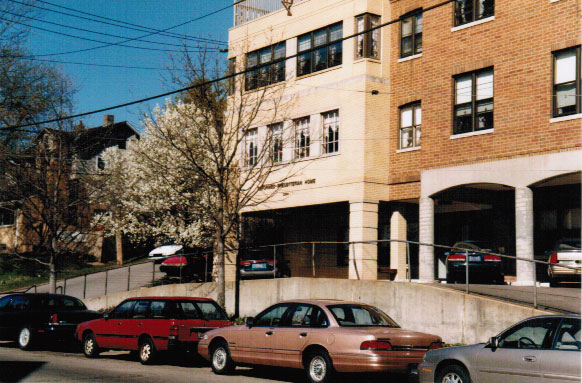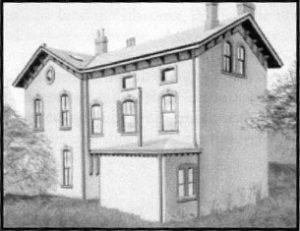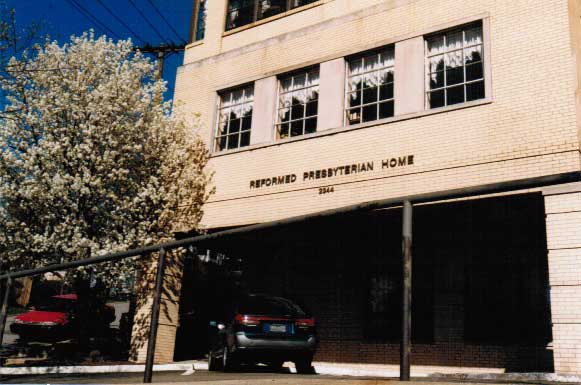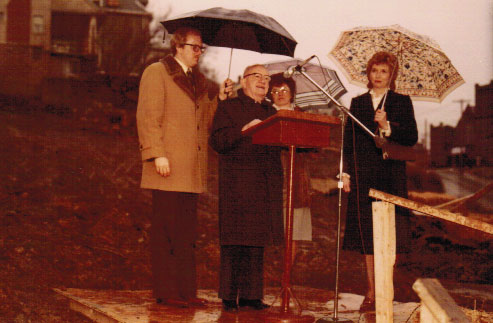About RP Home

About RP Home
How It All Began

In 1890, a member of the Wilkinsburg Reformed Presbyterian Church lost her hand. Unable to work and therefore unable to support herself, she applied for admission to the United Presbyterian Home in Wilkinsburg, but there was no room for her. Her plight came to the attention of the women of her church and served as a catalyst for action. The women petitioned the Reformed Presbyterian Synod to consider “the necessity of taking steps to provide a home for aged person and orphanage if found practicable.” At the same time Mary McKee Morton of the Allegheny congregation asked her aged father, John A. McKee, to make financial provision for a home in his will. Acting on his daughter’s suggestions, he left $5,000 to the Synod on the condition that work be started within five years. Mr. McKee died a month later.
Fearing that the $5,000 would be lost because of inaction, the women again petitioned the Synod in 1895. The Synod’s response was to approve the cooperation between the women of Pittsburgh Presbyterial and Synod’s Board of Trustees “in the matter of establishing a widow’s and orphan’s and aged people’s home.” Soon it became apparent to the Trustees that it would be appropriate for the women to assume sole responsibility for the work and recommended the same of the Synod of 1897, which passed a resolution stating “that the board of Trustees of the Synod be relieved from further work, management and responsibility in connection with the Home, and that Synod, by formal resolution, commit such management and responsibility from this time forth to the women of the church under the corporate name of Reformed Presbyterian Woman’s Association (RPWA).” In anticipation for this resolution, the RPWA was charted in March of that year. The doors of the Reformed Presbyterian Home (RP Home) were opened that same summer.
Our First Home
The first location of RP Home was almost to the top of Lafayette Street. Tales of the early years are full of color and a sense of adventure. RP Home was run like a large household with everyone pitching in as able. Male residents were expected to care for the cows and chickens, while the women had their assignments also. The only staff was a matron and cook. Members of the Board purchased equipment and furnishings, cared for the building and grounds, and filled in for the matron when she was on vacation and the cook when she fell ill. Care of the sick was a mutual obligation with residents helping residents as each was able.
1903 Location Still Serves Today
A large gift of money came from an unexpected source. John Porterfield, a United Presbyterian, left $16,000 to RP Home. RP Home was moved in 1903 to a large house on its present site at the corner of Perrysville Avenue and Burgess Street. A dormitory style building containing 32 rooms was added in 1907. In 1957, another addition further expanded the RP Home’s capacity to approximately 50 beds with additional space for socialization and services. In 1983, a major renovation and expansion took place resulting in the present structure.
The RPWA’s ministry expanded in 2007 with the completion of the Upper Rooms apartment building, which includes The Upper Rooms, Inc., a HUD program for low-income, frail elderly and the independent living Vista apartments.


